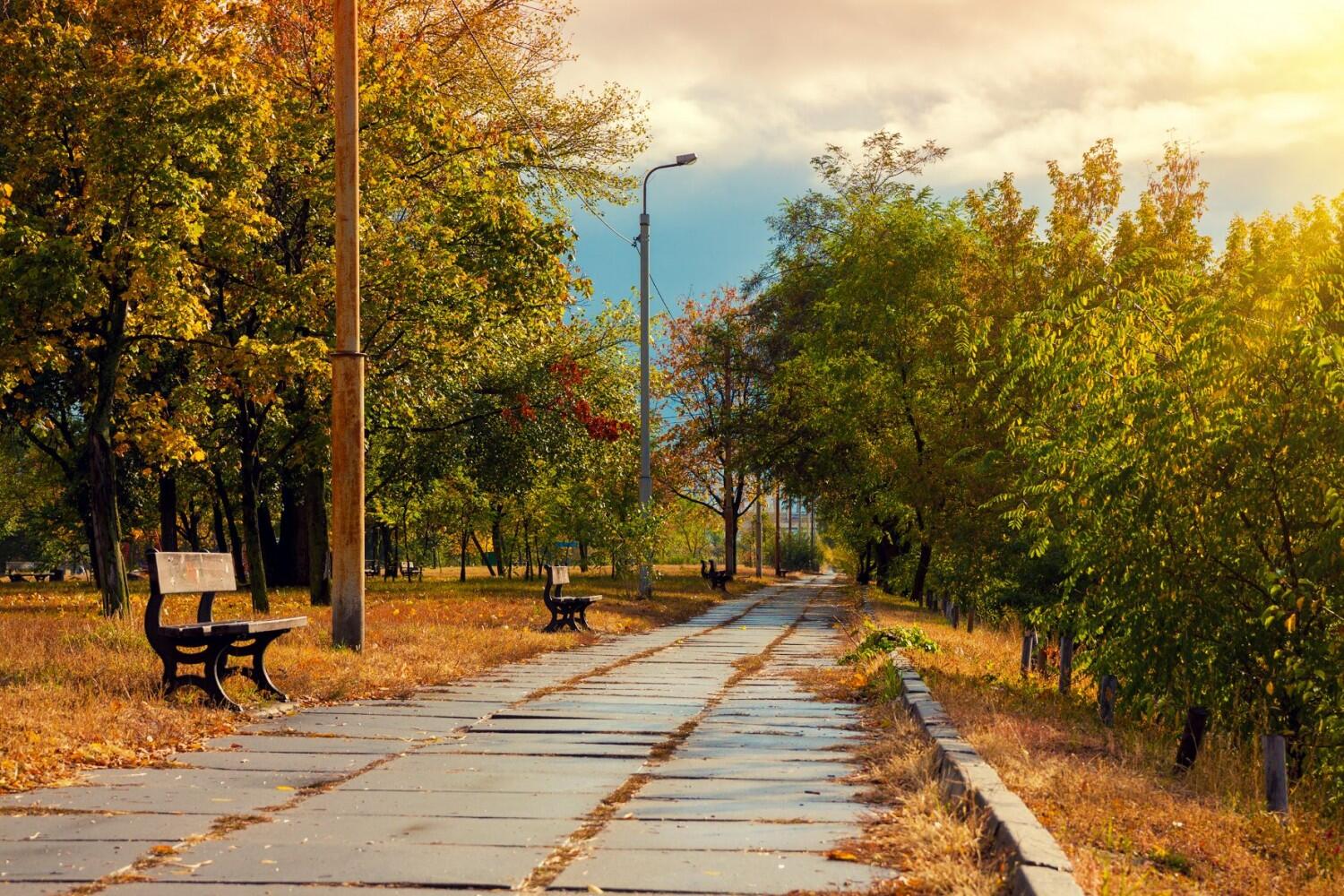Study links COVID-19 rates with nature equity, shows double burden for communities of color

URBANA, Ill. – By now, it’s clear the COVID-19 pandemic has been particularly unkind to communities of color and low-income populations. The Centers for Disease Control and Prevention ties these disparities to disproportionate representation of nonwhite populations in essential worker roles, discrimination, lack of healthcare access, wage gaps, housing factors, and more. But new research from the San Francisco Estuary Institute, the Nature Conservancy, and the University of Illinois suggests less access to nature may contribute as well.
“Our research shows a stark example of how the COVID-19 pandemic can exacerbate existing inequity. The inequality in access to nature in U.S. cities has been shown to have many health effects, and now it looks like it also has had significant health implications during the COVID-19 pandemic,” says Erica Spotswood, lead scientist for the Urban Nature Lab at the San Francisco Estuary Institute and principal author on the Nature Sustainability paper.
Further, and more surprisingly, the analysis links nature access with COVID-19 rates regardless of racial and socioeconomic identity. In other words, being around trees and other natural elements may offer a protective effect against becoming sick, full stop.
“We were surprised to find greenness is associated with lower rates of COVID-19, even after controlling for race, income, and a host of other factors. An increase of 0.1 in Normalized Difference Vegetation Index (NDVI), a common measure of greenness, was associated with a 4.1% decrease in COVID-19 incidence rates,” Spotswood says.
The research team emphasizes that although their analyses are statistically sound, they only demonstrated a correlation between nature and COVID-19 incidence – not cause and effect. However, as experts in environmental psychology, they have some ideas.
“There’s actually a very clear possible explanation for nature having a protective effect against COVID,” says Ming Kuo, associate professor in the Department of Natural Resources and Environmental Sciences at U of I and co-author on the paper. “We know spending time in parks or woods boosts our ‘Natural Killer cells’ – our body’s troops for fighting viral infections – and that the greener a person’s residential area, the less likely they are to come down with viral infections of various kinds. Basically, when we’re exposed to a virus – any virus -- our Natural Killer troops try to squash it immediately, before it turns into a full-blown case or causes symptoms.
“This is true for all viruses we’ve studied, so it would be no surprise for this to be true of the virus underlying COVID, as well. Plus, scientists have discovered a whole host of other ways in which nature helps fight disease – by reducing stress, etc. So, it would actually be more puzzling if we found nature didn’t have a protective effect against COVID.”
The study, funded by Google’s Ecology Program, is the first of its kind to quantify the relationship between nature exposure and COVID-19 case rates using detailed spatial data for 17 U.S. states.
To understand how COVID-19 interacts with sociodemographic data and nature access, the research team zoomed down to the ZIP-code scale in urbanized areas. They found ZIP codes primarily populated by nonwhites had nearly twice as many COVID-19 cases per 100,000 people compared to white-majority ZIP codes. And significantly less green space, including parks.
“These results underscore that communities of color face a double burden during the COVID-19 pandemic: greater COVID-19 case rates, which has made social distancing more essential, and less nature nearby to ease the mental strain of social distancing,” says Rob McDonald, lead scientist for the Nature Conservancy and co-author on the paper.
Exposure to green space doesn’t just lower stress and activate our immune responses. Trees and other natural elements also decrease air pollution and temperature, both of which have been linked to COVID-19 rates in other studies. Finally, it may be that people living in proximity to parks and other green spaces are more likely to socialize outdoors where COVID-19 transmission is drastically reduced.
Regardless of the underlying reasons, the research team recommends short-term actions to overcome barriers to nature access during the pandemic. For example, municipalities should commit to keeping urban parks open, safe, and accessible.
“In the long term, we need to redress inequity through tree planting and other greening interventions in the lowest income neighborhoods,” Kuo says. “All indications are that greening would have substantial public health value well beyond the pandemic. And since these interventions cost significantly less than healthcare, they’re good value.”
The article, “Nature inequity and higher COVID-19 case rates in less green neighborhoods in the United States,” is published in Nature Sustainability [DOI: 10.1038/s41893-021-00781-9]. Co-authors include Erica Spotswood, Matthew Benjamin, Lauren Stoneburner, Megan Wheeler, Erin Beller, Deborah Balk, Timon McPhearson, Ming Kuo, and Robert McDonald. The work was funded by the Google Ecology Program, with partial support from the National Science Foundation and USDA National Institute of Food and Agriculture.
The Department of Natural Resources and Environmental Sciences is in the College of Agricultural, Consumer and Environmental Sciences at the University of Illinois at Urbana Champaign.